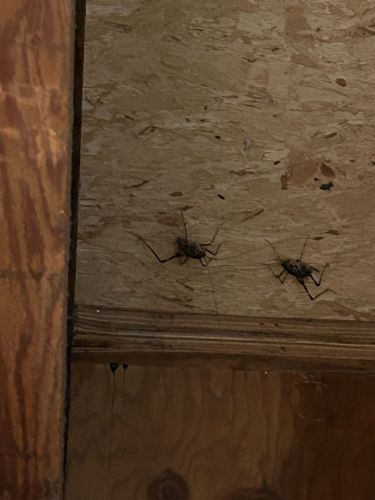Cave Cricket / Camel Cricket / Spider Cricket
Scientific Name: Ceuthophilus spp. (a common genus within the family)
Order & Family: Orthoptera, Rhaphidophoridae
Size: Body length typically ranges from 1 to 5 cm (0.4 to 2 inches), with very long antennae and legs that can make them appear larger.

Natural Habitat
Cave crickets prefer cool, damp, and dark environments. Outdoors, they can be found in caves, under rocks, logs, and decaying leaves. Indoors, they commonly inhabit basements, crawl spaces, garages, sheds, and wells.
Diet & Feeding
They are omnivores and scavengers, feeding on organic matter, including decaying plants, fungi, and other insects (living or dead). In homes, they may eat fabrics, wood, or even other pests.
Behavior Patterns
Cave crickets are nocturnal and are often found in dark, damp places. They are known for their ability to jump significant distances when startled. Unlike many other crickets, they do not chirp. They are very sensitive to light and will seek out dark hiding spots during the day.
Risks & Benefits
Potential risks include being a nuisance pest due to their presence indoors, especially when populations are high. They do not bite or transmit diseases to humans. They can cause minor damage to household items like fabrics or plants by chewing on them. Benefits are minimal to humans, but in natural ecosystems, they contribute to decomposition by scavenging dead organic matter.
Identified on: 8/10/2025